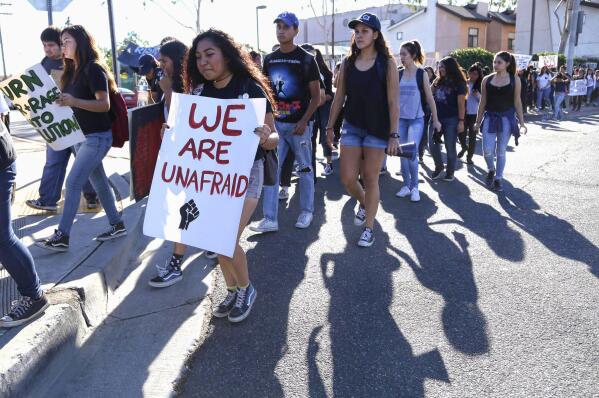These are my first thoughts, and I hope you will share your ideas. For links to post-election thoughts from my fellow Climate Disobedience Center Founders and updates on the conversation, click here.
With the election of Donald Trump, we are entering a different chapter for the climate movement in this country, one in which we will be fighting against a substantially different kind of power structure than previous administrations. Many of the lessons and principles developed in previous struggles will still be applicable, and some will be more important than ever. But some of our strategies, tactics and even organizing structures may have to be completely rethought. We’ve got some ideas about moving forward, but we still have a lot of unanswered questions as well. Answering some of these might take imagination and creativity, and others might take an agonizing wait to find out just how despotic a Trump regime will be.
We launched the Climate Disobedience Center a little over a year ago with a rather specific strategy of arousing the conscience of the community through spirit-centered civil disobedience actions and carrying them all the way through trials in which we could tell the story of why such actions are necessary. The implicit assumption of that strategy is that once the conscience of the community is aroused, a sufficient level of public pressure would force those in power to charge policies and system functions. Basically, it’s based on the fundamental notion that the authority of the government depends on the consent of the governed. That will always be morally true, but it may not always be functionally true.
I still think there is a critical role for civil disobedience and arousing the conscience of the community, even under a president that simply doesn’t give a shit about conscience or communities. Such actions will almost certainly become less effective at stopping the pipeline or power plant we are fighting. Carbon emissions will most likely continue to rise during the next four years, and the already implausible chance of limiting climate change to 2° C will shrink to a whisper of faith. But our job as a movement had already been shifting from just reducing emissions toward figuring out how to maintain our humanity as we navigate collapse, and the election of Trump marks a major milestone in that shift from climate mitigation to climate adaptation. Empathy and conscience are the critical tools of resistance to the scapegoating of marginalized classes of people, which will perhaps be the most important part of climate adaptation.
This challenge calls for civil disobedience actions that not only slow the development of fossil fuels, but also open our hearts with empathy for the victims of the climate crisis. That was part of what we were trying to do with our mass graves pipeline protest in June, in which we drew attention to Pakistan’s mass graves dug in anticipation of their latest heat wave. That’s also what many civilly disobedient parents like Abby Brockway do when they are open about how the threats to their children motivate their actions. We will need to get better at using our actions to arouse empathy specifically for Trump’s favorite targets, like Muslims and immigrants.
But civil disobedience, and all forms of protest and dissent, will likely face unprecedented levels of repression. Our prime movement example of bold and committed resistance right now is indigenous #NoDAPL camps at Standing Rock, ND. The governor of North Dakota declared a state of emergency simply because of the protests, which has allowed to state to violate civil liberties for months. Do we think Trump will hesitate to declare a similar state of emergency in regard to national protests? Will he declare martial law on climate activists and other dissenters? How will we respond then? Remember how Obama signed the National Defense Authorization Act allowing for indefinite detention of Americans? We in the Climate Disobedience Center have put a lot of thought into how to best use our right to a trial. We now need to make sure we are able to defend that right to a trial, and I’m not sure how to do that. My experience at conferences like the Public Interest Environmental Law Conference indicates that our movement has a plethora of lawyers with expertise on regulatory law and precious few with a focus on civil liberties.
For our little organization, this also raises logistical questions about scale. Just this week, tens of thousands of people demonstrated against the Dakota Access pipeline outside Army Corps of Engineers offices. If ten thousand climate activists are arrested and charged with federal felonies or SLAP suits in the first month of the Trump administration, and half of them call us for help, what do we do? Would it be better for us to try to train as many people as possible or to pick a couple cases to use as models that hopefully set precedent? How can we scale up to the required level of resources for that work knowing that our own organization will almost certainly get shut down and our assets seized under a Trump regime? Financially, I think we will need to get closer to operating month-to-month with a complete trust in a base of monthly supporters. Regardless of what happens to the specific vehicle of this organization, those relationships are something that can’t be taken away by the government.
I’m confident that we will keep doing the essential work of building a culture of dissent, with love and creativity, whatever threats and disruptions may come.







Leave a Reply